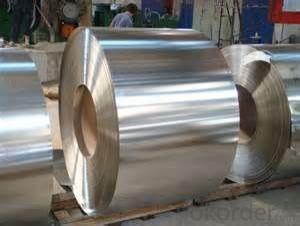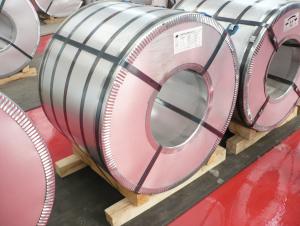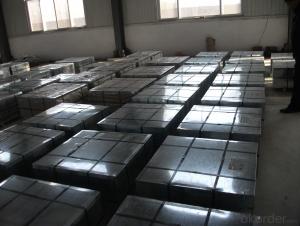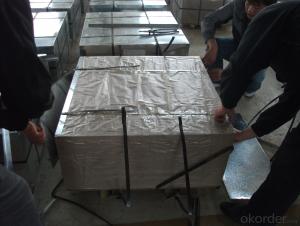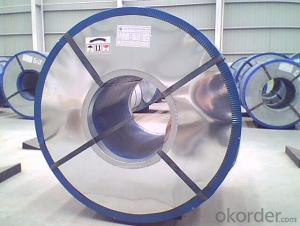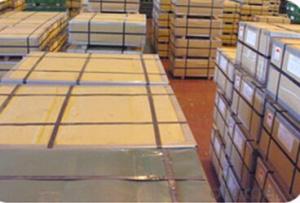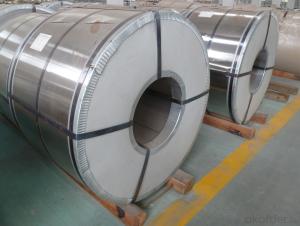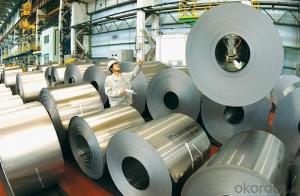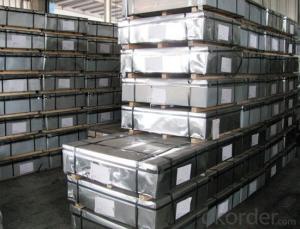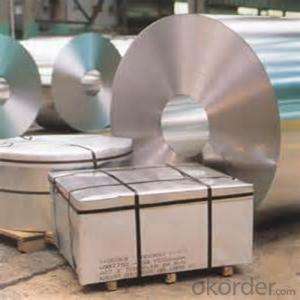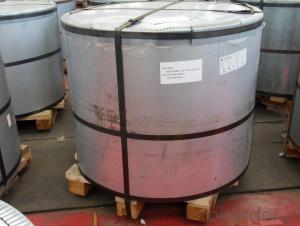Tata Tinplate Share
Tata Tinplate Share Related Searches
4 By 8 Plastic Sheets Thin Plastic Sheets Flexible Tinplate Coil Quotes Tinplate Iron Clear Plastic Sheets Hard Plastic Sheets 4X8 Lightweight Plastic Sheets Wavy Plastic Sheets White Plywood Sheets Poly Styrene Foam SheetsHot Searches
Tinplate China Tinplate Stock Price Tata Tinplate Price List Tinplate Price Trend Tinplate Nse Share Price Tinplate Price Chart Tinplate Share Price Nse Tata Tinplate Share Price Tinplate Share Price Today Tinplate Share Price Bse Tinplate Price Tinplate Share Price Tinplate Coil Manufacturers Tinplate Sheet Suppliers Food Mixer Sale Tinplate Factory Tinplate Production Tinplate Products Ltd Tinplate Products Tinplate Can ManufacturersTata Tinplate Share Supplier & Manufacturer from China
Okorder.com is a professional Tata Tinplate Share supplier & manufacturer, offers integrated one-stop services including real-time quoting and online cargo tracking. We are funded by CNBM Group, a Fortune 500 enterprise and the largest Tata Tinplate Share firm in China.Hot Products
FAQ
- Tinplate is commonly used in the beverage industry for packaging cans due to its ability to provide a protective barrier against corrosion and maintain the flavor and quality of the beverages.
- Yes, tinplate can be easily customized with different designs or logos through various printing processes such as lithography, offset printing, or digital printing. This allows for versatile branding and personalization options on tinplate packaging or products.
- Tinplate packaging contributes to product portion control by providing a sturdy and reliable container that can be designed and manufactured in specific sizes. This allows manufacturers to package their products in predetermined portions, making it easier for consumers to control their intake and avoid overconsumption. Additionally, the durability of tinplate packaging ensures that the portioned products remain intact and fresh until they are consumed, further promoting portion control.
- Tinplate is generally resistant to exposure to chemicals and solvents due to its protective tin coating, which acts as a barrier against corrosion and chemical reactions. This makes tinplate a reliable choice for packaging and storing various products that may come into contact with different chemicals and solvents.
- Yes, tinplate can be used for coffee or tea packaging. Tinplate is a commonly used material for such packaging due to its durability, ability to maintain product freshness, and resistance to moisture and oxygen. Additionally, tinplate offers excellent printing capabilities, making it an ideal choice for branding and product information display.
- Yes, tinplate can be used for electrical enclosures. Tinplate is a type of steel coated with a thin layer of tin, which provides excellent protection against corrosion. This makes it a suitable material for electrical enclosures as it ensures durability and helps maintain the integrity of the enclosed electrical components. Additionally, tinplate is relatively lightweight and cost-effective, making it a popular choice for various industrial applications, including electrical enclosures.
- The main challenges in tinplate storage and transportation include ensuring proper handling to prevent damage and corrosion, managing the weight and bulkiness of the material, and maintaining a controlled temperature and humidity environment to prevent deterioration. Additionally, maintaining accurate inventory records and efficient logistics to minimize delays and optimize distribution can be challenging.



















